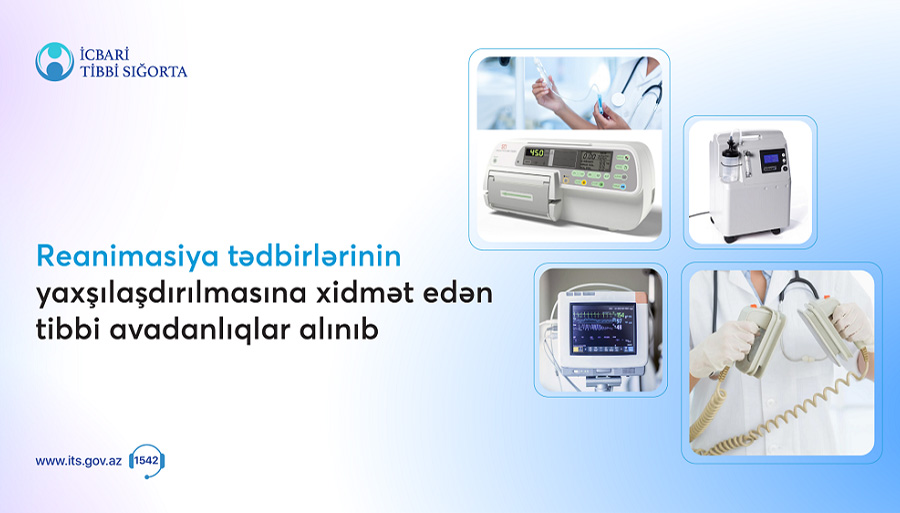03 May 2023 09:40
Medical equipment has been purchased to improve resuscitation measures
The State Agency on Mandatory Health Insurance (Agency) has purchased new equipment to improve the supply level of anesthesiology, the resuscitation and intensive care departments of state health facilities, and the effectiveness and quality of treatment processes.
During the current year, the equipment to be delivered to the state medical facilities supervised by the Administration of Regional Medical Divisions (TABİB) will be used to provide inpatient and and emergency medical care.
Two hundred different types of cardiac monitors have been purchased to constantly monitor human vital signals during transportation by ambulance, operation, and resuscitation. Of these, 160 are intended for resuscitation, 20 for use in operating rooms, and 20 for transport means.
Cardiac monitors provide information on patients’ hemodynamic indicators (i.e., electrocardiogram, non-invasive blood pressure, pulse, oxygen saturation, end-tidal carbon dioxide, and body temperature) in both invasive and non-invasive ways. The dynamic and constant monitoring of patients’ conditions carried out by these monitors allows for the immediate prevention of possible complications.
One hundred infusion pumps have been purchased for the administration of medicines in correct doses and at the proper frequency to patients receiving treatment in resuscitation, intensive care, and inpatient divisions. Unlike traditional intravenous infusions, intravenous infusions performed with an infusion pump can be adjusted according to a doctor’s prescription by different parameters (such as time, flow rate, and number of drops) depending on the patient's state. The transfusion rate of the solution can be adjusted from 0.1 ml/h to 1500 ml/h in the devices. It is possible to carry out intravenous infusions by drop and bolus methods with infusion pumps. This makes the devices suitable for intravenous infusion in adults as well as children, especially newborns.
Sixty defibrillators were purchased for cardiopulmonary resuscitation measures. With this device, it is possible to restore a normal heartbeat in cases of heart rate disorders in patients with life-threatening conditions. Defibrillators are intended for use in resuscitation and intensive care units, as well as in ambulances. The medical device is used in cases requiring urgent resuscitation measures for the purpose of cardioversion and defibrillation during contraction of the heart muscle.
Defibrillators are compact in size and light in weight, making them easy to transport. This multifunctional device works in manual, automatic, synchronous, and monitor modes. In monitor mode, it is possible to measure saturation and other vital hemodynamic parameters by the device for electrocardiography (ECG) examination. The devices have built-in printer, battery, and 18-centimeter screen size.
Fifteen anesthesia machines were purchased for general anesthesia in surgical operations. Devices with multiple ventilation modes were purchased together with containers for anesthetic preparations and oxygen and nitrous oxide cylinders.
Twenty-five artificial ventilation machines were purchased to provide continuous oxygen to patients in intensive care units and ambulances. Five of the ventilators are non-magnetic, intended for artificial ventilation of the lungs are distinguished by their resistance to magnetic waves. This resistance makes it possible for patients with severe conditions to undergo magnetic resonance imaging while connected to ventilator. Providing quality respiratory support during MRI examinations helps to reduce the risk of lung complications and improve the treatment process.
In addition, 25 suction aspirators (both portable and stationary) were purchased for suctioning fluids and contents from abdominal cavities or surgical areas during surgical operations and resuscitation measures. Stationary-type aspirators have 700 mmHg vacuum power and a 60 lt/min. flow rate. The minimal vibration and sound of these aspirators makes them convenient for both medical staff and patients.
It should be noted that, in 2022, the Agency purchased a total of 1,768 pieces of equipment, devices, tools, and supplies of 108 types. These will be used to provide medical services in outpatient and inpatient conditions in state medical facilities. The supply of medical facilities with modern equipment manufactured by the world's leading companies helps to provide citizens with timely and quality treatment under mandatory health insurance.
News
İcbari tibbi sığorta ilə 182 000-dən artıq doğuş aparılıb
16 July 2024 11:10
Diz oynağının endoprotezləşməsində İsveçrə istehsalı protezlərdən istifadə olunur
12 July 2024 10:42
Kəskin orta otitin cərrahi müalicəsi icbari tibbi sığorta ilə qarşılanır
09 July 2024 11:11
Tiroidektomiya əməliyyatı icbari tibbi sığorta ilə ödənişsizdir
05 July 2024 10:25
İcbari tibbi sığorta ilə qasıq yırtığı açıq və laparoskopik üsulla icra olunur
01 July 2024 15:18
İcbari Tibbi Sığorta üzrə Dövlət Agentliyinin nümayəndə heyəti Yaponiyaya işgüzar səfər edib
28 June 2024 10:51
İcbari tibbi sığorta ilə 540 splenektomiya əməliyyatı icra olunub
24 June 2024 14:52
Zaur Əliyev Goranboy şəhərində vətəndaşları qəbul edib
21 June 2024 17:00
İcbari tibbi sığorta uşaqlığın çıxarılması əməliyyatını qarşılayır
21 June 2024 10:57
Agentlik, TƏBİB və Ankara Universiteti üçtərəfli anlaşma memorandumu imzaladı
14 June 2024 14:49










